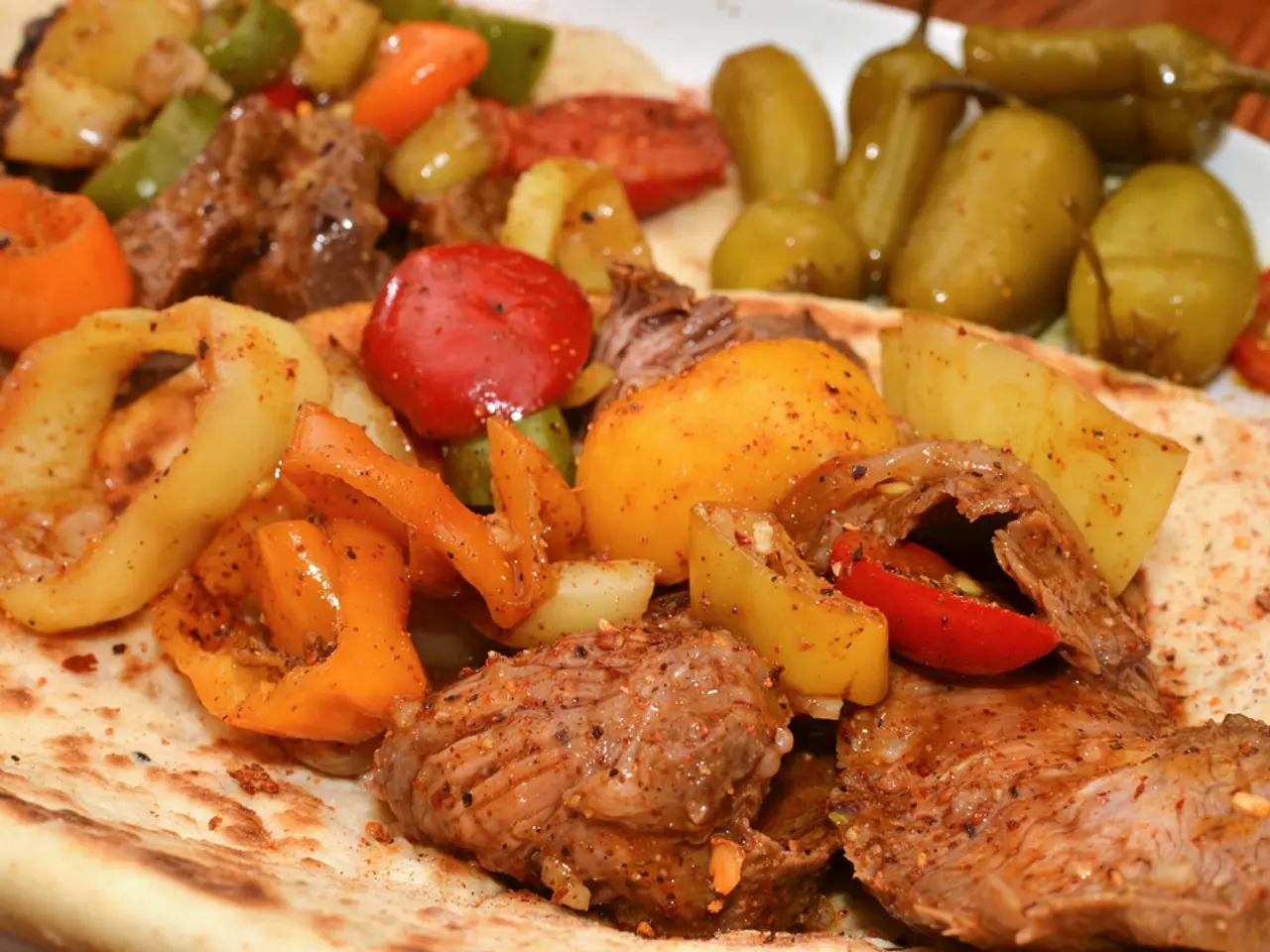11 Simplified Mozambican Cuisine Ideas
Mozambique, a country located on the southeastern coast of Africa, boasts a rich culinary history that reflects its diverse cultural influences. From seafood dishes to African, Portuguese, and Indian-inspired flavours, Mozambican cuisine offers a unique and tantalizing taste of its history and cultural exchange.
One such example of this fusion is the Azorean-Style Mozambique Sauce, a recipe that showcases a variety of spices and seasonings simmered in a delicious sauce. However, the most significant Portuguese influences on Mozambican cuisine are rooted in nearly 500 years of Portuguese colonial presence.
The Portuguese brought new crops, flavorings, and cooking methods that became integrated into local food culture. Key Portuguese influences include the introduction of staple crops and ingredients such as maize (corn) flour for xima (a thick white porridge), cassava, rice, onions, garlic, and various spices such as paprika and bay leaves.
Portuguese culinary techniques, such as making stews and using marinades, also played a significant role. Dishes like feijoada (a bean stew) are widely eaten in Mozambique, reflecting direct Portuguese culinary imports.
The use of peri-peri chili sauce, a spicy chili marinade made with bird’s eye chili, garlic, lemon juice, vinegar, and paprika, is another example of this fusion. Popular with grilled chicken (frango à zambeziana) and seafood such as prawns, peri-peri sauce is a blend of local and Portuguese influences.
Portuguese-style baked goods and snacks, like pãozinho (Portuguese-style buns), rissóis (battered shrimp pastries), and prego (steak rolls), are common features in Mozambican food.
Reflecting Portuguese maritime tradition, seafood such as prawns and crab are staples cooked often with Portuguese-influenced spices. Coffee shops in urban areas also demonstrate a Portuguese-style café culture.
Mozambican cuisine represents a blend where indigenous African ingredients and traditions meet Portuguese culinary techniques and foods, creating a distinct flavor profile rooted in history and cultural exchange.
Here's a summary table of traditional Portuguese influences on Mozambican cuisine:
| Aspect | Portuguese Influence | Mozambican Adaptation | |-----------------------------|-----------------------------------------------------|---------------------------------------------------| | Staple foods | Maize, rice, cassava, onions, garlic, paprika | Xima (corn porridge), rice dishes, cassava meals | | Signature dishes | Feijoada (bean stew), stews | Feijoada and various meat/fish stews with local spices | | Spices and sauces | Paprika, bay leaves, garlic, peri-peri sauce | Peri-peri chicken, prawn dishes | | Baked goods/snacks | Pãozinho (buns), rissóis (shrimp pastries), prego (steak roll) | Common street foods and snacks | | Cooking methods | Stewing, grilling | Same methods with local ingredients | | Seafood and beverages | Marine staples, coffee culture | Grilled prawns with peri-peri, coffee shops |
In addition to these traditional dishes, there are numerous other popular Mozambique recipes, such as Portuguese Prego rolls, Mozambican Bolo Polana, and Mozambique Lemon Chili Rice with Chicken.
Peri-peri sauce, an African chilli sauce made with spicy chillies, aromatics like garlic, onion, and herbs, is a versatile condiment used on various foods, including chicken, steak, pork, and added to marinades and dressings.
Shrimp Mozambique, a dish made with butter, shrimp, and beer, known for its flavorful punch, is another favourite. Piri Piri Chicken, a popular dish that uses a spicy sauce made from African birds-eye chilies, lemon juice, vinegar, paprika, and other spices, is another must-try.
Mozambican Avocado Salad, a light salad made with avocado, tomato, peaches, and a unique citrusy dressing made with lemon, peach syrup, and herbs, offers a refreshing counterpoint to these heartier dishes.
For those with a sweet tooth, there's the Mozambique recipe for a banana cake from the Food Network, which serves one person and is characterized as being moist, rich, and decadent.
Lastly, Matapa, a seafood and peanut stew from Mozambique, traditionally made with cassava leaves, shrimp, peanuts, and coconut milk, offers a unique twist on this classic dish. In this version, collard greens are used instead of cassava leaves.
Exploring and understanding the flavours of Mozambique is an exciting journey that showcases the country's rich history and cultural exchange. Whether you're a food enthusiast or simply looking to try something new, Mozambican cuisine offers a tantalizing taste of this beautiful country.
Read also:
- Netflix documentary uncovers identical pay rates between Dallas Cowboys Cheerleaders and Chick-fil-A employees
- Exploring the Rise of Camila Araujo: An Insight into the Life of an Emerging Talent
- Prices for potatoes and cabbage in Russia have dropped significantly, with reductions exceeding 33%
- Highlighting the Significance of Off-the-beat Experiences








